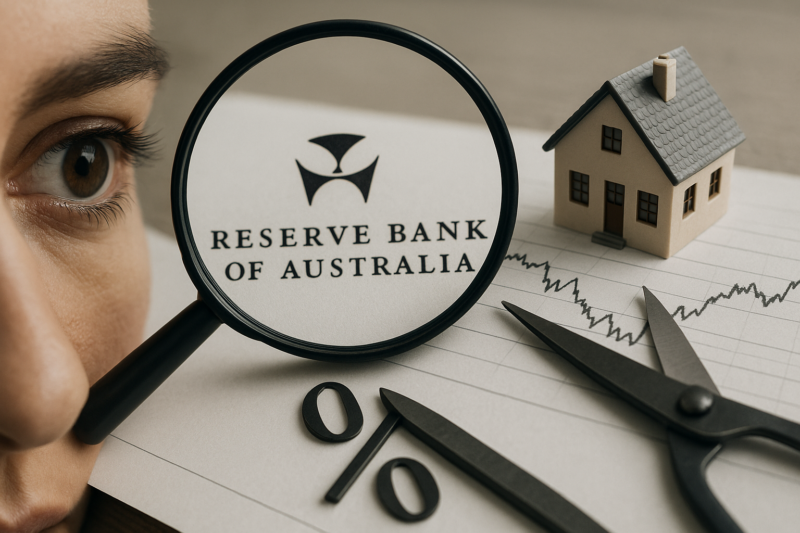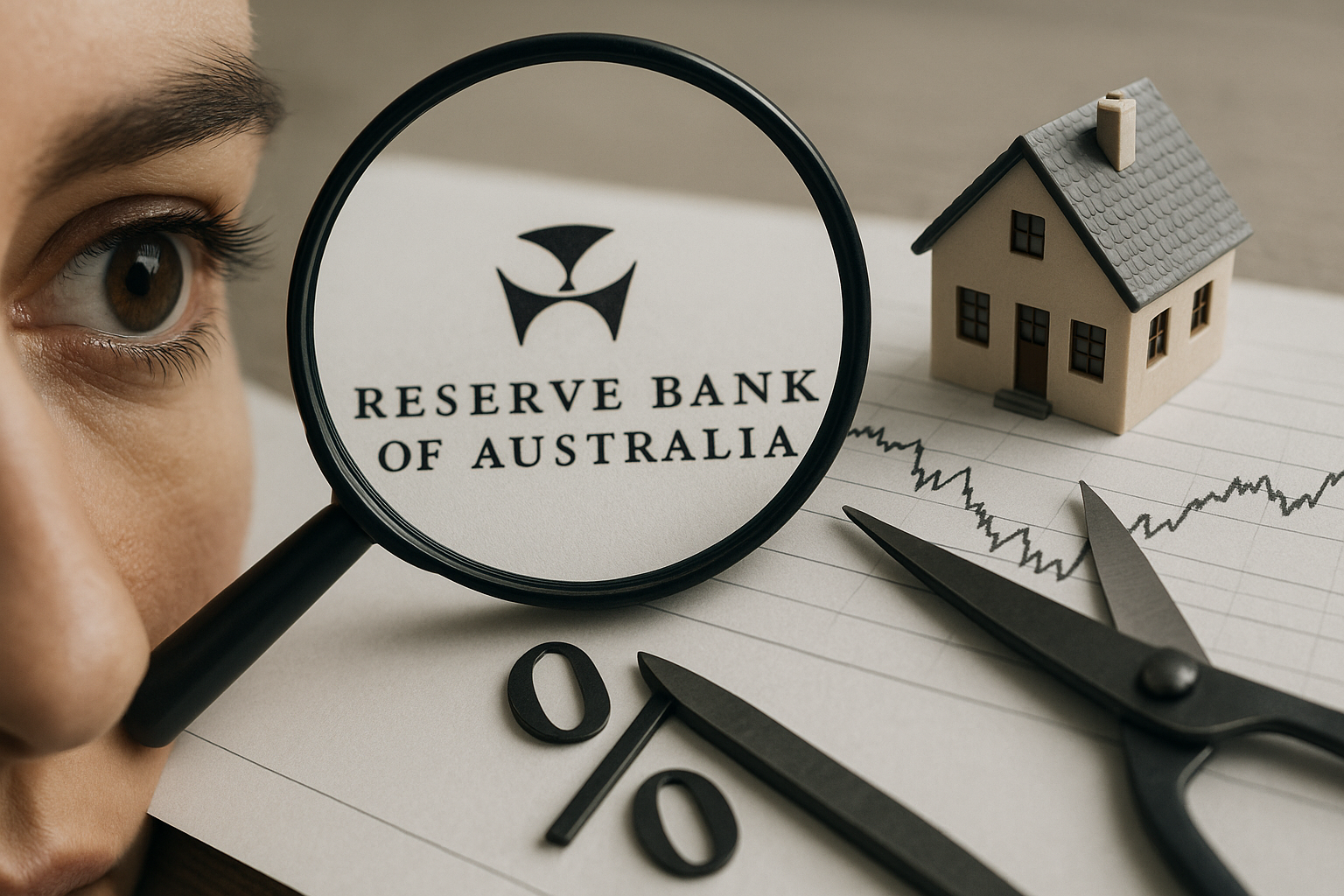
Key takeaways
The Reserve Bank of Australia kept the cash rate steady at 3.6%, ending the 2025 pattern of quarterly cuts due to stronger-than-expected inflation (trimmed mean rising to 3.0%).
This move reflects growing uncertainty about future rate reductions, with some economists suggesting the easing cycle might be over.
The pause could temporarily slow property market momentum by slightly reducing borrowing capacity and dampening sentiment.
Despite the pause, housing values have surged through 2025, driven by earlier rate cuts, greater credit access, and persistent supply shortages.
The Cotality Home Value Index rose 1.1% in October, the strongest monthly gain since mid-2023. Sales continue to outpace listings, and construction lags behind targets, ensuring upward pressure on prices.
Meanwhile, borrower health has improved, with lower arrears and reduced loan costs, meaning fewer forced sales even if buyer enthusiasm softens.
The RBA Board voted to keep the cash rate on hold at 3.6% in November, breaking the 2025 trend of quarterly cuts.
The decision came as no surprise following the September inflation report, with trimmed-mean inflation - the RBA’s ‘core’ measure which they try to get in the 2-3% target band - jumping to 3.0% from 2.7% in the June quarter.
This has made the longer-term outlook for the cash rate far less certain, with some economists even suggesting the rate cutting cycle is over.

The rate decision could take some heat out of the property market through to the end of the year, keeping a temporary lid on borrowing capacity and dampening consumer sentiment.
National home values have accelerated through 2025, with the October lift of 1.1% in the Cotality Home Value Index marking the highest monthly gain since June 2023.
Rate reductions so far this year were likely a key driver, with lower debt costs boosting the availability of credit for housing purchases.
Cotality estimates an affordable purchase price for the median income household has increased by almost $65,000 from the end of 2024 to the end of September.
The median dwelling value in Australia has increased around $43,000 in the same period, suggesting increased purchasing power is being quickly priced into the market.
While a pause in interest rates could help to slow price growth, other factors are likely to keep housing values rising leading into 2026.
For first home buyers, the expansion of the 5% deposit scheme has increased credit availability for eligible borrowers on the scheme, which may have already added to demand across the low-to-median value segments of the market in October.
The imbalance between the supply and demand of housing has kept values on the rise even during periods of rate increases.
This mismatch has persisted through 2025, where estimated sales in the three months to October (140,000), outpaced the 125,000 new listings observed by Cotality in the same period.
While September building approvals data showed a strong increase, new housing construction continues to fall behind housing targets.
Existing borrowers may be disappointed with the pause, however, mortgaged households are generally in a better position than at the end of 2024.
Average outstanding variable rates for owner occupiers fell 77bp between January and August, implying a $370 per month reduction on a loan size of $750,000.
Housing arrears reported by APRA suggests 1.6% of housing credit was 30 days or more past-due, down from a high of 1.7% in June 2024.
This means fewer owners may feel pressured to sell if buyers are put off by a pause in the cash rate and selling conditions weaken.














